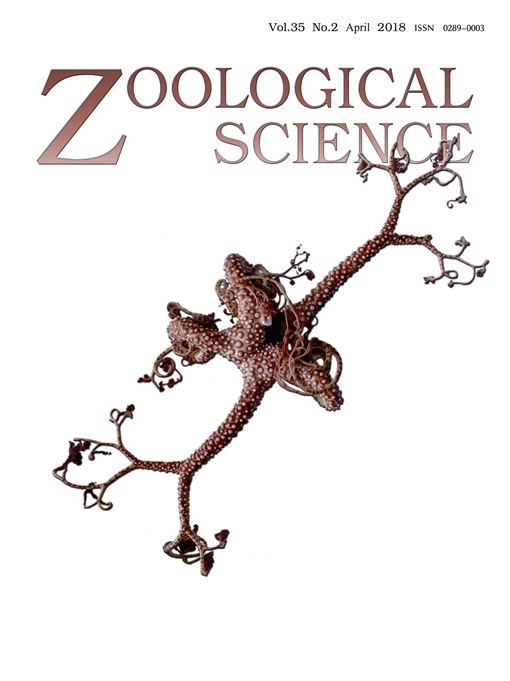We studied the formation of the olfactory organ of European weatherfish Misgurnus fossilis (Linnaeus, 1758) from the formation of its placodes to the formation of lamellae using light microscopy. The aim of the present investigation was to determine which morphogenetic features of the olfactory organ ate associated with the demersal lifestyle. The olfactory organ of European weatherfish goes through such developmental stages as olfactory placode, olfactory pit, and olfactory chamber with lamellae. Formation of the olfactory pit occurs in prolarvae, but a considerable increase in size takes place during the switch to exogenous feeding. In late larva, lamellae are formed in the aboral part olfactory chamber as an outward fold at its bottom. At the same time, incurrent and excurrent nostrils start being formed as the result of approximation of lateral and medial margins in the rostal part above the olfactory cavity. In contrast to other fishes, the peculiarity of morphogenesis of olfactory organ of M. fossilis is its late formation followed by intensive postembryonic development.
How to translate text using browser tools
1 April 2018
Light Microscopy of Development of the Olfactory Organ of European Weatherfish Misgurnus fossilis (Тeleostei: Cobitidae)
Olha Tytiuk,
Oleksandr Yaryhin,
Yaroslav Stepanyuk
ACCESS THE FULL ARTICLE

Zoological Science
Vol. 35 • No. 2
April 2018
Vol. 35 • No. 2
April 2018




